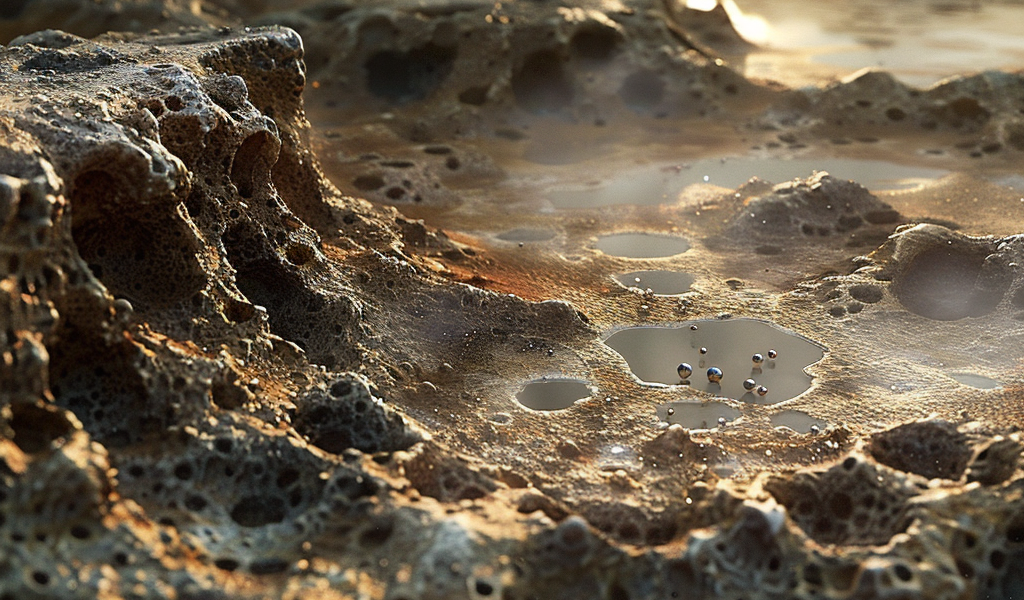The emergence of life on Earth remains one of science’s most intriguing mysteries. Recent research conducted by a team of scientists from Ludwig Maximilian University (LMU) has proposed a new geological scenario that could explain the origins of life, particularly focusing on the replication of genetic material such as DNA and RNA.
For decades, the scientific community has theorized that the replication of genetic material was a pivotal process in the advent of life. RNA, in particular, is capable of storing genetic information and can catalyze its own replication by forming double-stranded structures known as helices. This unique property allows RNA molecules to mutate, evolve, and adapt to various environments, ultimately leading to the development of the protein building blocks essential for life.
However, the process of RNA replication is not without its challenges. For RNA strands to replicate into their double-stranded form, they must first separate, a task that becomes increasingly difficult in environments with high salt and nucleic acid concentrations. This complexity has led researchers to explore alternative mechanisms that could facilitate strand separation without compromising the integrity of nucleic acids.
In their groundbreaking study, the LMU researchers have identified a plausible evolutionary setting where nucleic acids could potentially replicate themselves, paving the way for the emergence of life on Earth. Their findings, published in the scientific journal eLife, highlight the significance of a simple geophysical environment—a scenario involving gas flow over a narrow channel of water—that could create the necessary conditions for nucleic acid replication.
According to Philipp Schwintek, the lead author of the study and a PhD student in Systems Biophysics at LMU, the researchers focused on a geological scenario that could facilitate the separation of DNA strands without the need for temperature fluctuations that typically lead to nucleic acid degradation. Schwintek explains, “We investigated a simple and ubiquitous geological scenario where water movement through a rock pore was dried by a gas percolating through the rock to reach the surface. Such a setting would be very common on volcanic islands on early Earth, which offered the necessary dry conditions for RNA synthesis.”
The team constructed a laboratory model that simulated the conditions of a rock pore, featuring an upward water flux that evaporated at the intersection with a perpendicular gas flux. This setup led to the accumulation of dissolved molecules at the interface while the gas flux generated circular currents in the water, effectively forcing molecules back into the bulk. To further understand how this model would impact nucleic acids in the environment, the researchers employed beads to monitor the dynamics of the water flow.
The implications of this research are profound, as it provides a plausible explanation for how life might have originated in the unique geological conditions present on early Earth. The volcanic islands, characterized by their dry conditions and rich mineral content, could have served as ideal environments for the synthesis and replication of RNA, ultimately leading to the emergence of life.
This study adds to the growing body of evidence that suggests the origins of life may be rooted in simple yet effective geological processes. As researchers continue to explore the complex interplay between environmental conditions and the emergence of life, the findings from LMU offer a compelling perspective on how the building blocks of life could have formed in the primordial landscape of our planet.
As this field of research evolves, it is likely that new discoveries will continue to shed light on the intricate processes that led to the emergence of life on Earth. The quest to understand our origins remains a fascinating journey, one that intertwines the disciplines of biology, geology, and chemistry in an effort to unravel the mysteries of life itself.





